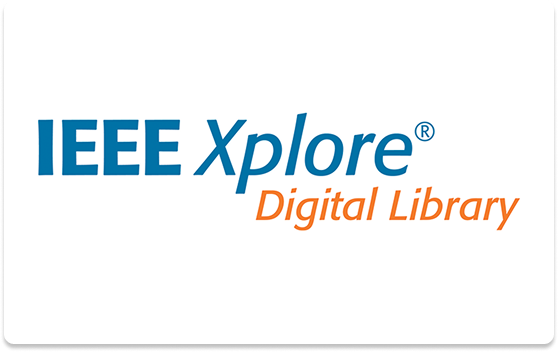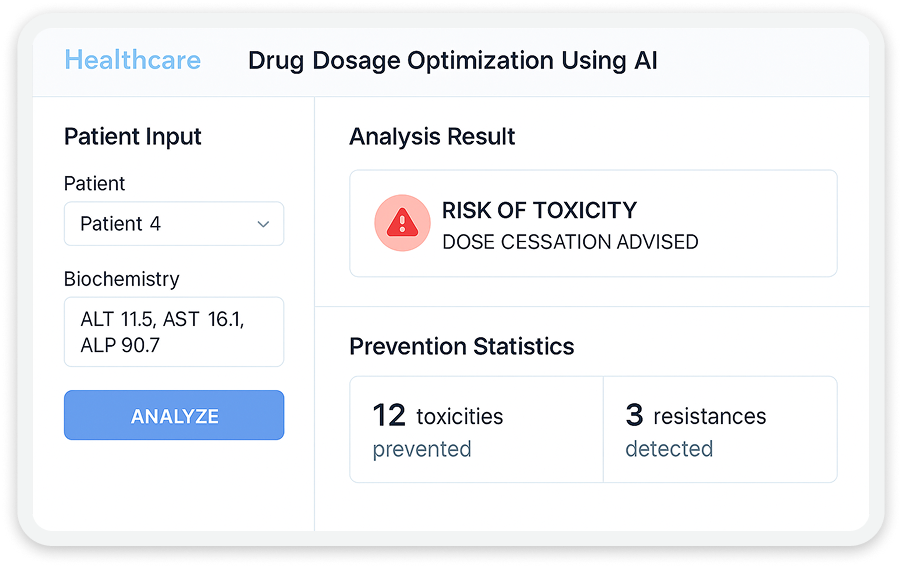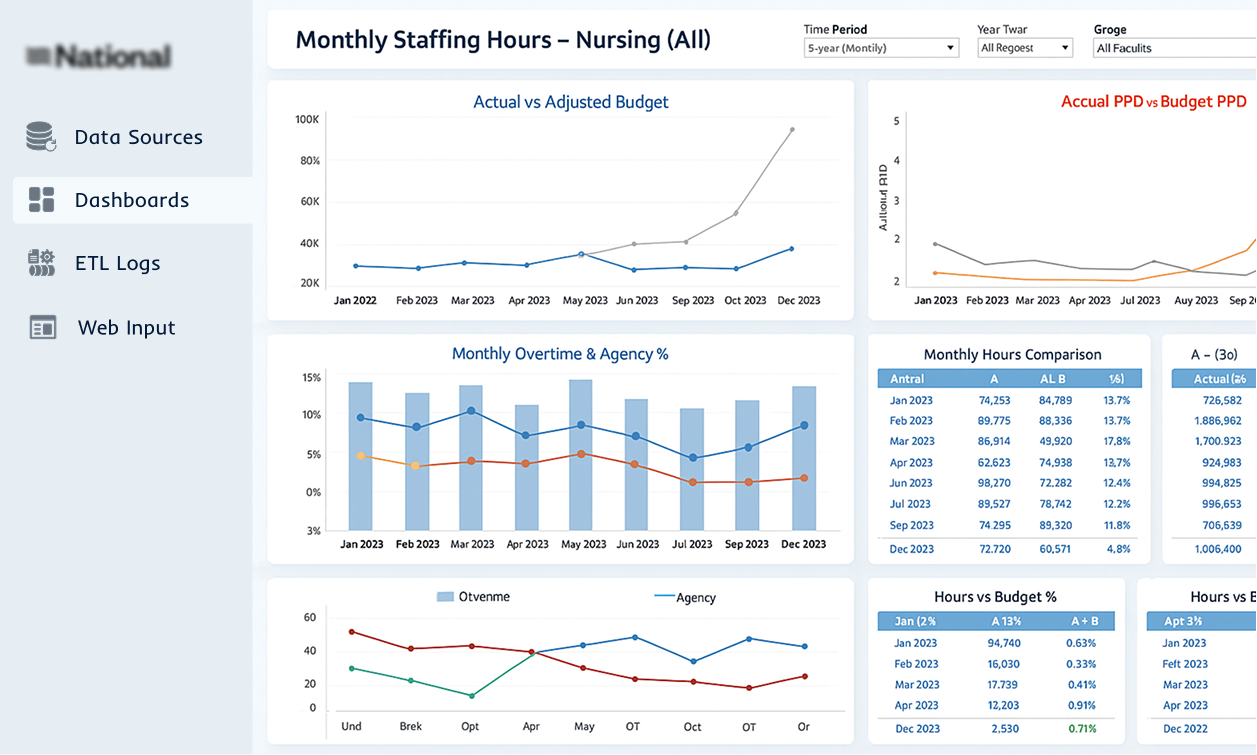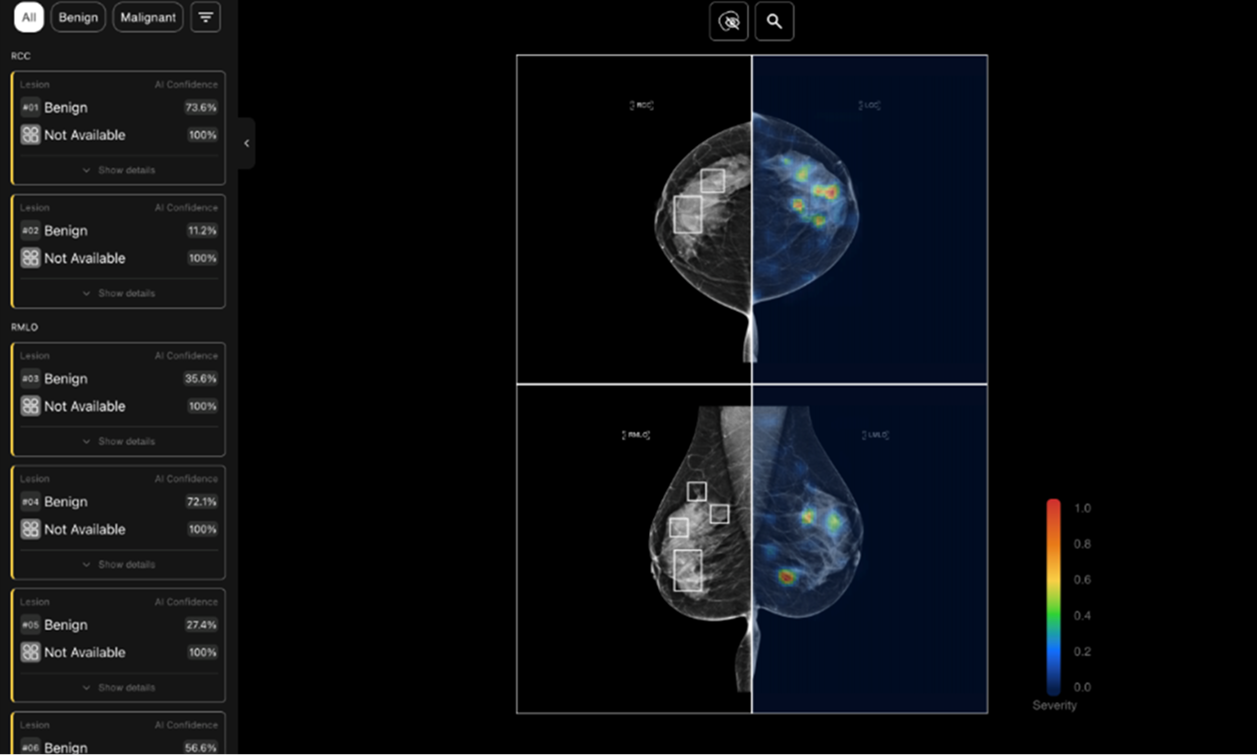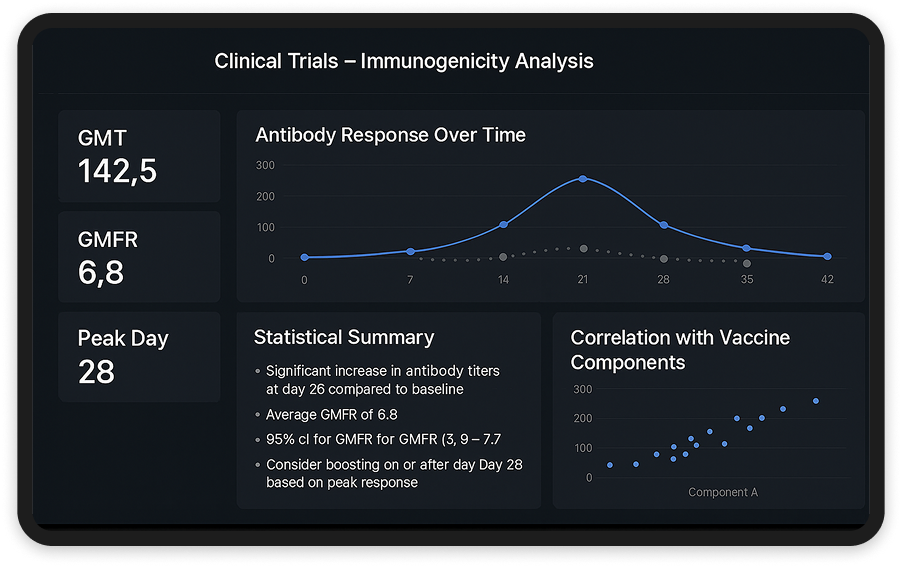This paper presents an evaluation and comparison of two popular computer vision libraries, OpenCV and dlib, for face recognition tasks. The authors analyze the strengths and weaknesses of both libraries and explore the various computer vision technologies used in face recognition. They focus on three key tasks: face detection, face landmark estimation, and face recognition. The paper includes a detailed review of how these tasks are implemented using histogram-oriented gradients, face landmark estimation, and deep convolutional neural networks. The authors also evaluate the performance of the two libraries by comparing their execution times and algorithm iterations in a face recognition application.
Takeaways:
- Library Comparison: The paper compares OpenCV and dlib, two widely used computer vision libraries for face recognition. It highlights the features, advantages, and limitations of each library, helping readers choose the most appropriate one based on their specific use cases.
- Key Tasks in Face Recognition: The paper focuses on essential components of face recognition, including face detection using histogram-oriented gradients, face orientation estimation using landmark detection, and face matching via deep convolutional neural networks.
- Performance Evaluation: A key takeaway from this paper is the comparative analysis of the performance of OpenCV and dlib in face recognition tasks. The authors measure the time of execution and the number of iterations required by each library to complete the algorithms, providing valuable insights into their efficiency and suitability for various applications.
- Practical Applications: The authors build two simple applications using OpenCV and dlib to demonstrate the performance differences between the two libraries. This practical approach allows for a clearer understanding of their respective advantages in real-world face recognition scenarios.
- Recommendations for Selection: Based on their findings, the paper offers recommendations for selecting the appropriate library depending on the specific needs of the face recognition system, whether it’s for quick performance or more advanced and detailed recognition capabilities.
- Advancement of Face Recognition Technology: The paper contributes to the broader understanding of face recognition technology by evaluating the practical applications of both libraries and by offering insights into improving recognition systems using modern computer vision techniques.
